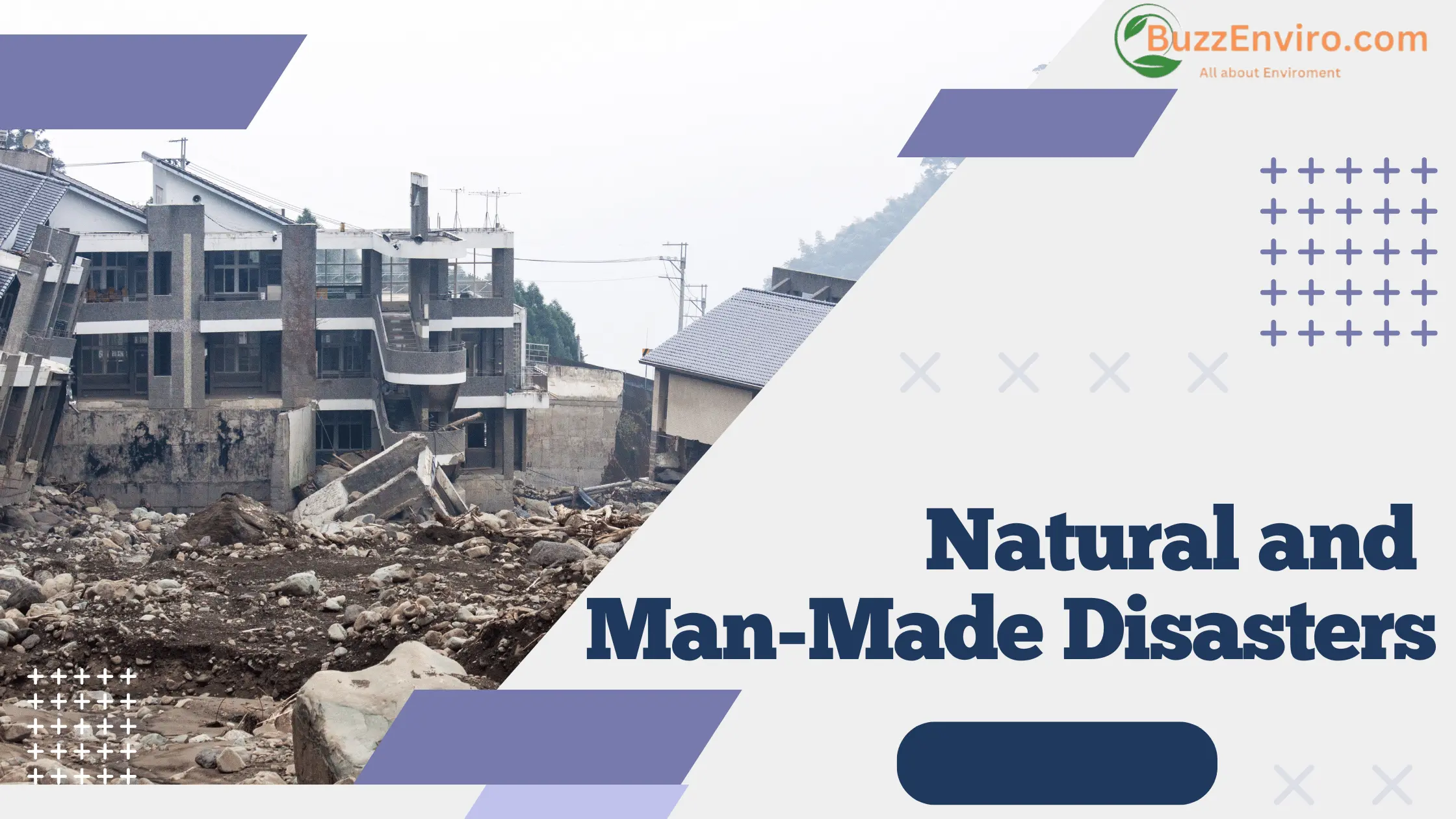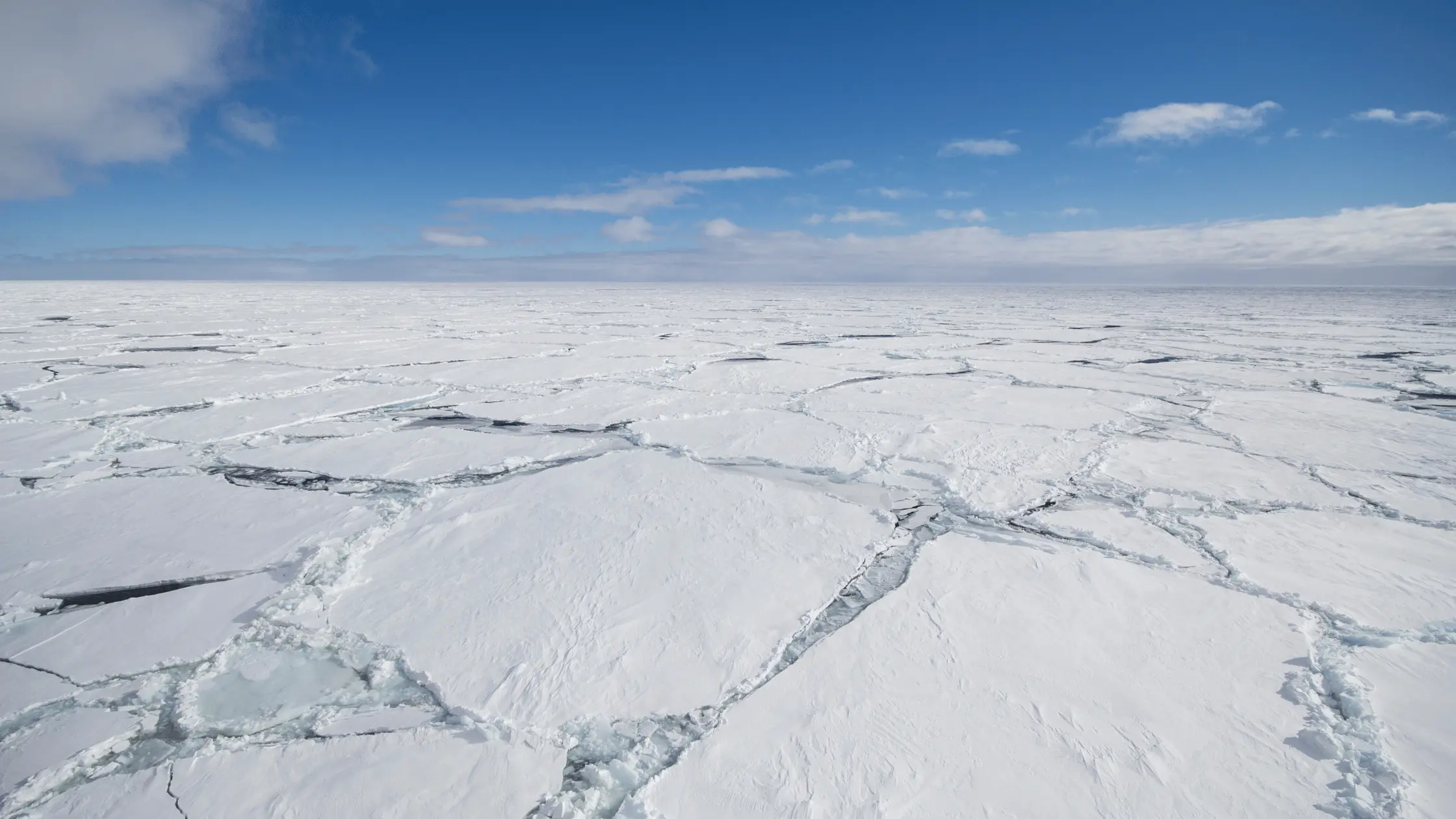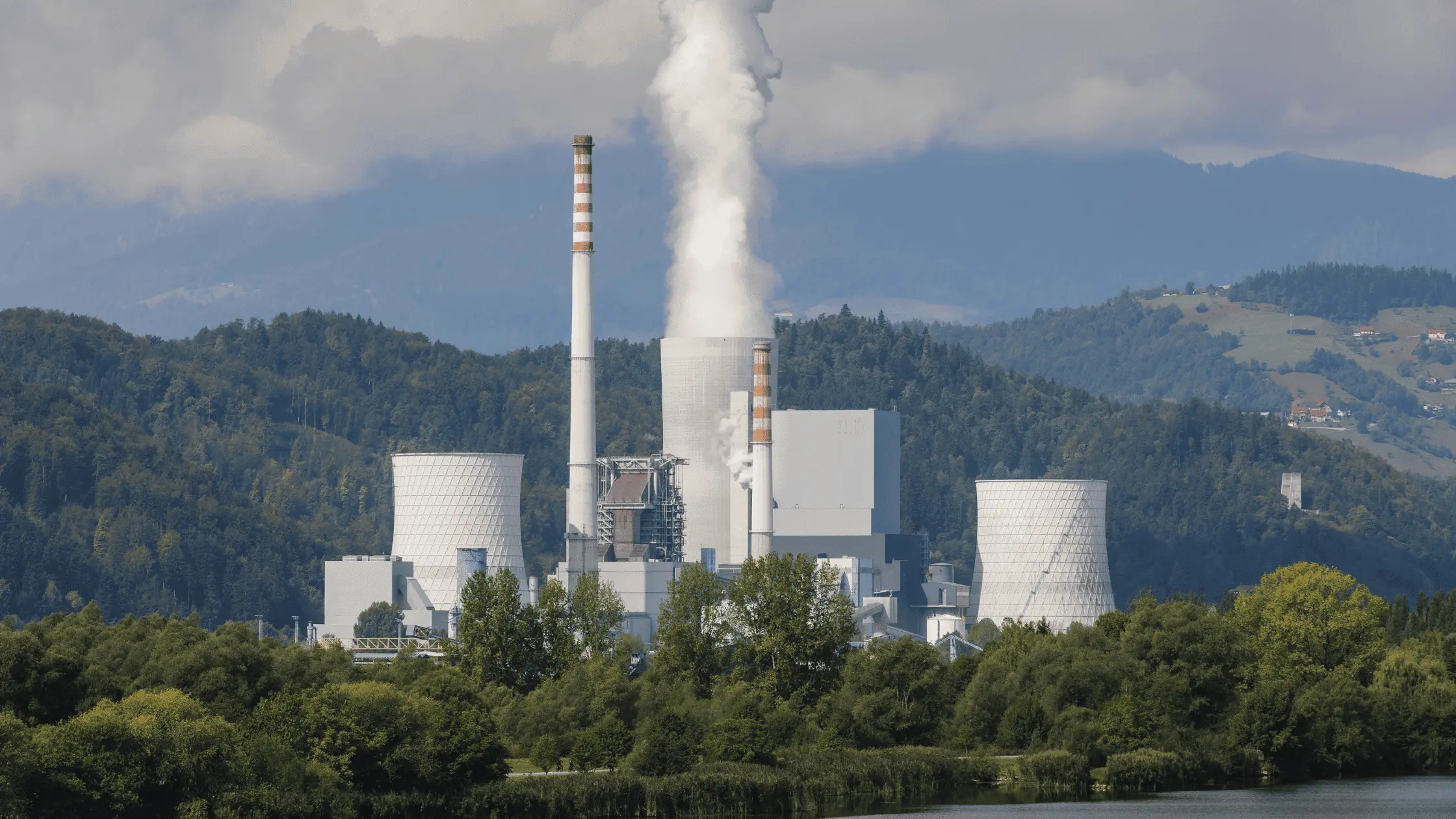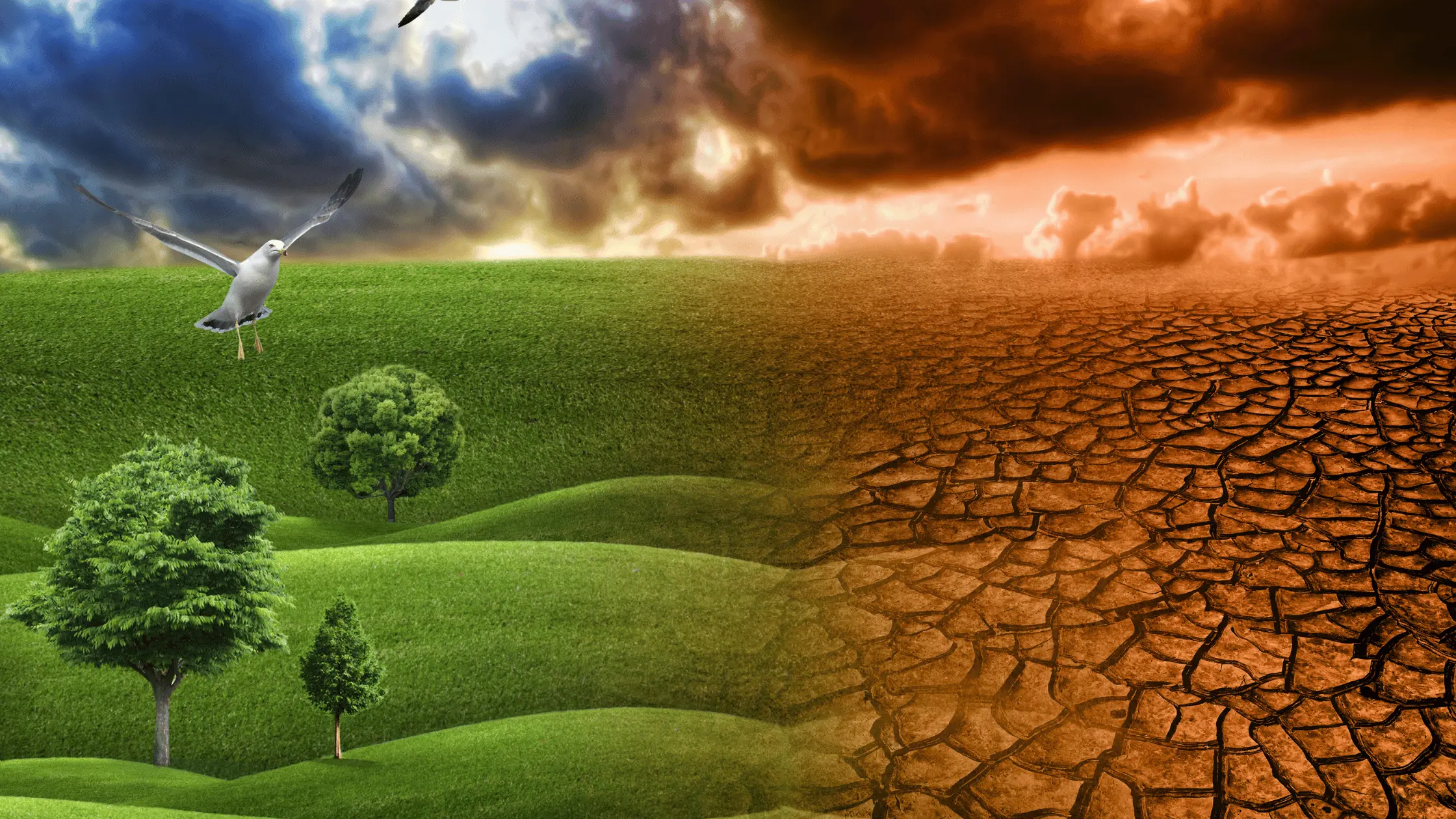Disasters have always impacted human life and the environment in significant ways. Broadly, disasters can be classified into two categories: Natural and Man-Made disasters. Understanding the difference between them helps in better preparedness and response strategies. In this blog, we will explore the key distinctions between Natural and Man-Made disasters while focusing on their causes, consequences, and preventive measures.
What is a Natural Disaster?
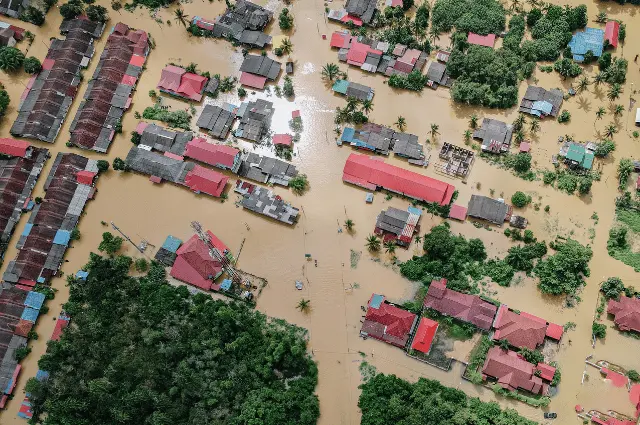
A natural disaster is a catastrophic event that occurs due to natural processes of the Earth. These disasters can happen suddenly and cause widespread damage, loss of life, and environmental destruction. Some common types of natural disasters include:
- Earthquakes: It is caused by tectonic movements beneath the Earth’s surface.
- Floods: It often result from heavy rainfall, overflowing rivers, or coastal storms.
- Tsunamis: Triggered by underwater earthquakes or volcanic eruptions.
- Hurricanes: It comes from the large, powerful storms that form over warm ocean waters.
- Volcanic Eruptions: It arises when molten rock, ash, and gases escape from a volcano.
- Landslides: Movements of rock, earth, or debris down a slope due to natural factors like rain or earthquakes.
These disasters are beyond human control, though technology and research have improved early detection and forecasting, which helps mitigate some of the effects.
What is a Man-Made Disaster?
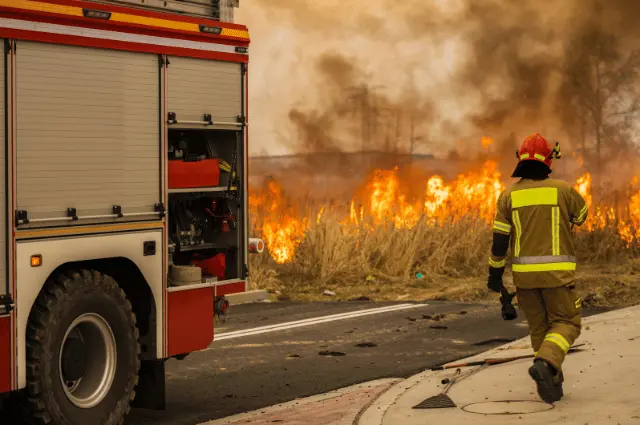
A man-made disaster (also called anthropogenic disaster) is caused by human actions, whether intentional or accidental. Unlike natural disasters, these are preventable and often arise from negligence or poor planning. Common examples of man-made disasters include:
- Industrial Accidents: Explosions, chemical spills, or fires in factories or oil refineries.
- Nuclear Disasters: Accidents like the Chernobyl or Fukushima disasters, which result in radioactive contamination.
- Deforestation: Leads to soil erosion, loss of biodiversity, and increased flood risk.
- Pollution: Air, water, and land pollution caused by human activities, leading to health crises and environmental degradation.
- Wars and Terrorism: Large-scale destruction and loss of life caused by conflicts and violent attacks.
- Oil Spills: Accidents involving the leakage of oil into oceans, causing harm to marine life and ecosystems.
Man-made disasters are often linked to industrialization, urbanization, and technological advancements without adequate safety measures.
Key Differences Between Natural and Man-Made Disasters
1. Cause
- Natural Disaster: It comes from the natural forces like geological or meteorological changes.
- Man-Made Disaster: It directly results from human activities, decisions, or negligence.
2. Predictability
- Natural Disaster: Some can be predicted (like hurricanes or volcanic eruptions), but others, like earthquakes, are more difficult to foresee.
- Man-Made Disaster: Many can be avoided with proper safety protocols and regulations.
3. Impact on Environment
- Natural Disaster: While devastating, the environment often recovers over time, as these events are part of Earth’s natural processes.
- Man-Made Disaster: Can cause long-term or irreversible damage, especially through pollution and habitat destruction.
4. Preventability
- Natural Disaster: It cannot be prevented but its impact can be minimized through preparedness and infrastructure.
- Man-Made Disaster: It can be largely preventable with responsible planning, technology, and regulation.
5. Response and Recovery
- Natural Disaster: Recovery often requires rebuilding infrastructure and providing humanitarian aid.
- Man-Made Disaster: Recovery includes not only rebuilding but also legal and ethical considerations, such as compensations and policy changes.
Mitigating Natural and Man-Made Disasters
1. For Natural Disasters
Governments and organizations focus on preparedness, including early warning systems, evacuation plans, and disaster-resilient infrastructure. Public awareness campaigns and drills also help people react swiftly.
2. For Man-Made Disasters
Stricter regulations, routine inspections, and sustainable practices are essential. Educating industries and the public about safety standards and risk prevention can reduce the frequency of such disasters.
Conclusion
While natural and man-made disasters are a result from natural and human activities. Both can have devastating effects on human life and the environment, but the key difference lies in our ability to prevent and control man-made disasters. Increasing awareness, preparation, and technology play a crucial role in mitigating the damage from both types of disasters. Understanding these differences will help in creating more effective disaster management strategies.
